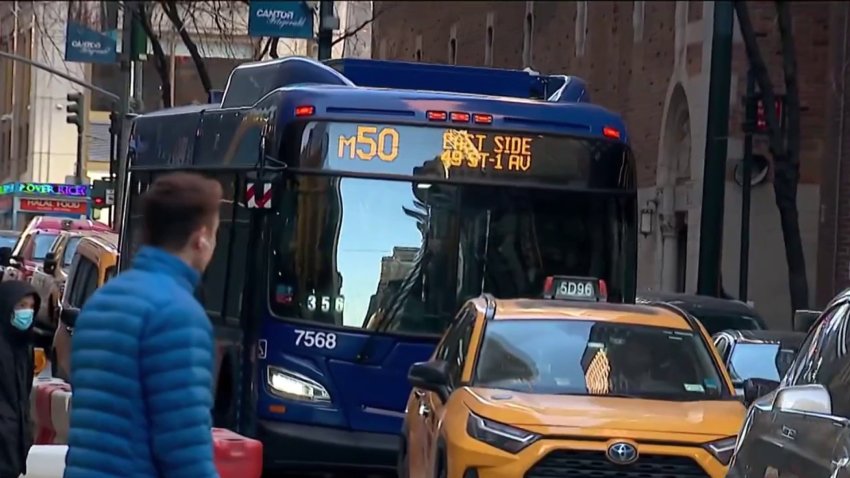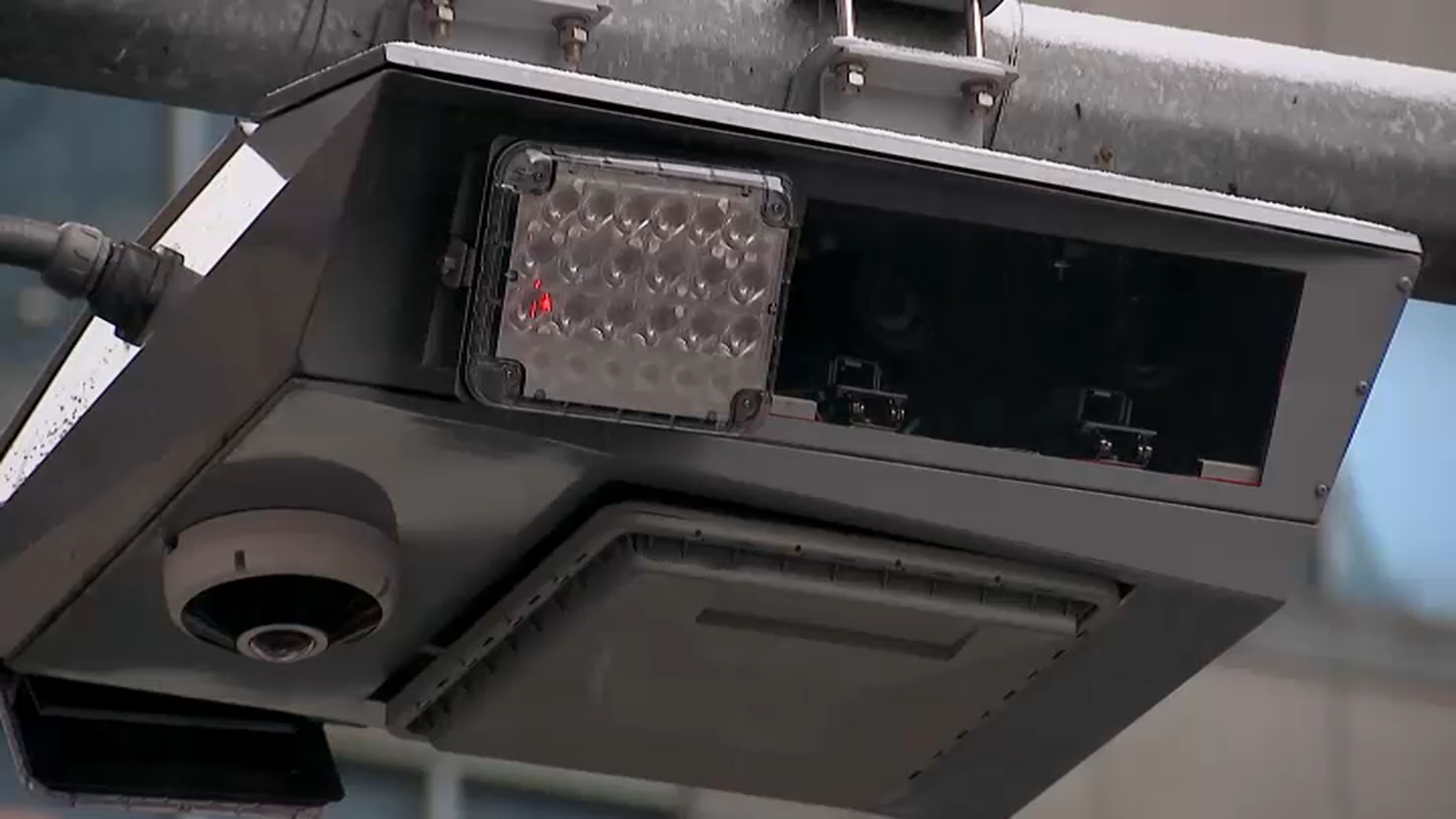It’s almost been a month since the MTA flipped the switch on congestion pricing, and the agency says so far it appears to be working. The transit agency released new data touting faster commute times and more people using public transportation. NBC New York’s Andrew Siff reports.
Faster commutes, less gridlock and even a change in what time people drive to work. MTA officials say they’ve seen a mountain of early data to back up what many drivers have noticed: less traffic in the three-plus weeks since congestion pricing began.
“These are transformative improvements,” said Juliette Michaelson, the MTA Deputy Policy Chief tasked with analyzing congestion pricing. “Many people seem to be shifting to transit.”
Michaelson presented the MTA with data to back up her findings. Crossing times were 17% faster at the Lincoln Tunnel and 48% faster at the Holland Tunnel in January, compared to Jan. 2024. Trip times on the Williamsburg Bridge and Queensboro Bridge have been 30% faster, data showed.
Watch NBC 4 free wherever you are
“The preliminary data is really promising,” said MTA Chairman Janno Lieber. “It’s not theoretical.”
Get Tri-state area news delivered to your inbox with NBC New York's News Headlines newsletter.
He cited an uptick in subway and bus ridership. Express buses have seen a 5.8% increase in passengers since Jan. 5, while standard buses have seen a 1.9% boost in ridership compared to 2024 at this time. Riders no express buses from Queens, Staten Island and the Bronx have been saving about 10 minutes on their commutes since congestion pricing took effect, the MTA said.
On subways, there has been an increase of 7.3% and an even larger spike on weekends, 12.2%.
Lieber said one bus operator joked to him, “We are sailing through the tunnels so much faster, we may even have to adjust our schedules.”
Since the weekday peak times of the toll are 5 a.m. to 9 p.m., Michaelson said there’s been a new trend: An earlier mini-rush of drivers heading into Manhattan around 4:55 a.m. — an extra-early commuting strategy at a time when the toll is only $2.25.
“In other words,” said Michaelson, “the peak has convinced some drivers to leave earlier.”
More than a million fewer vehicles have entered the Congestion Relief Zone (CRZ) than would have without the toll, according to the MTA. More than half (57%) of vehicles entering the CRZ are passenger vehicles, and a third of which have been taxis and for-hire vehicles.
Of all the vehicles that have entered the zone, nearly half (43%) entered from north of 60th Street. A quarter came from Brooklyn, 16% from Queens and 17% from New Jersey, according to the MTA.
The transit agency also pointed to benefits outside of the CRZ, including improved travel times on the Long Island Expressway, Flatbush Avenue and on 495 in New Jersey. On Long Island, there has been an increase in ridership at five stations: New Hyde Park, Douglaston, Garden City, Ronkonkoma and Woodmere.

While the MTA would not put a dollar figure on how much revenue they've seen since implementing the toll, the agency said that "roughly speaking" they appeared to be "in the ballpark" of where they predicted they would be. Detailed dollar figures are set to be released in February, the MTA said, and they were waiting on Uber, Lyft and other for-hire vehicles to share their data.
Of course, opposition to congestion pricing — with its $9 peak fee for cars with E-Zpass — remains high, especially among suburban drivers. New Jersey Gov. Phil Murphy this week amended the state’s lawsuit aimed at blocking the toll system. Murphy insists the MTA is raising billions of dollars and not properly sharing the revenue with their cross-Hudson neighbors.
President Donald Trump has nominated former Hudson Valley Congressman Marc Molinaro, an avowed congestion pricing opponent, to run the Federal Transportation Administration. That agency could, in theory, revoke authorization for congestion tolling. But Lieber has said in recent days that “we are batting 1.000” when it comes to fending off legal challenges.




